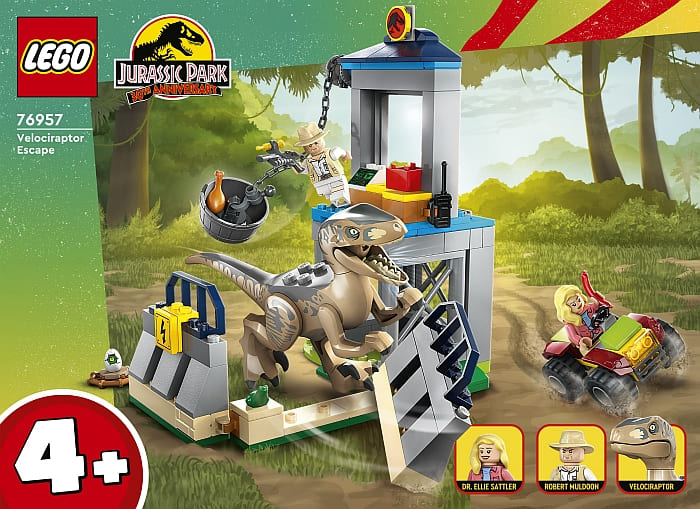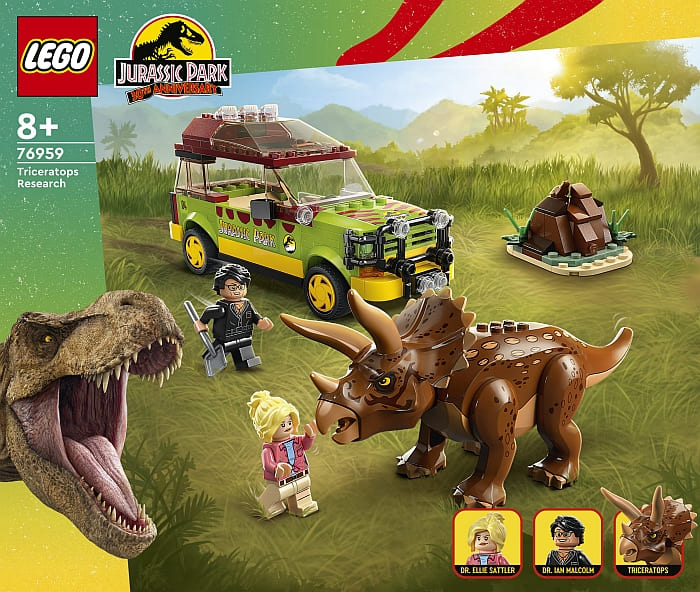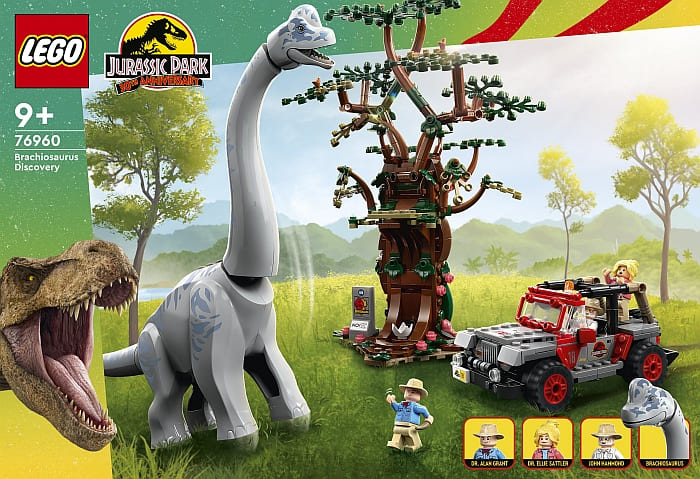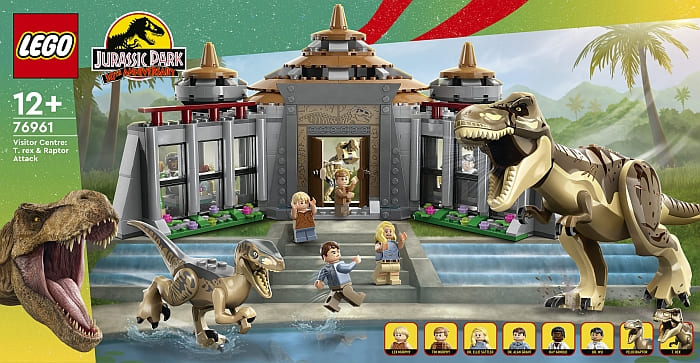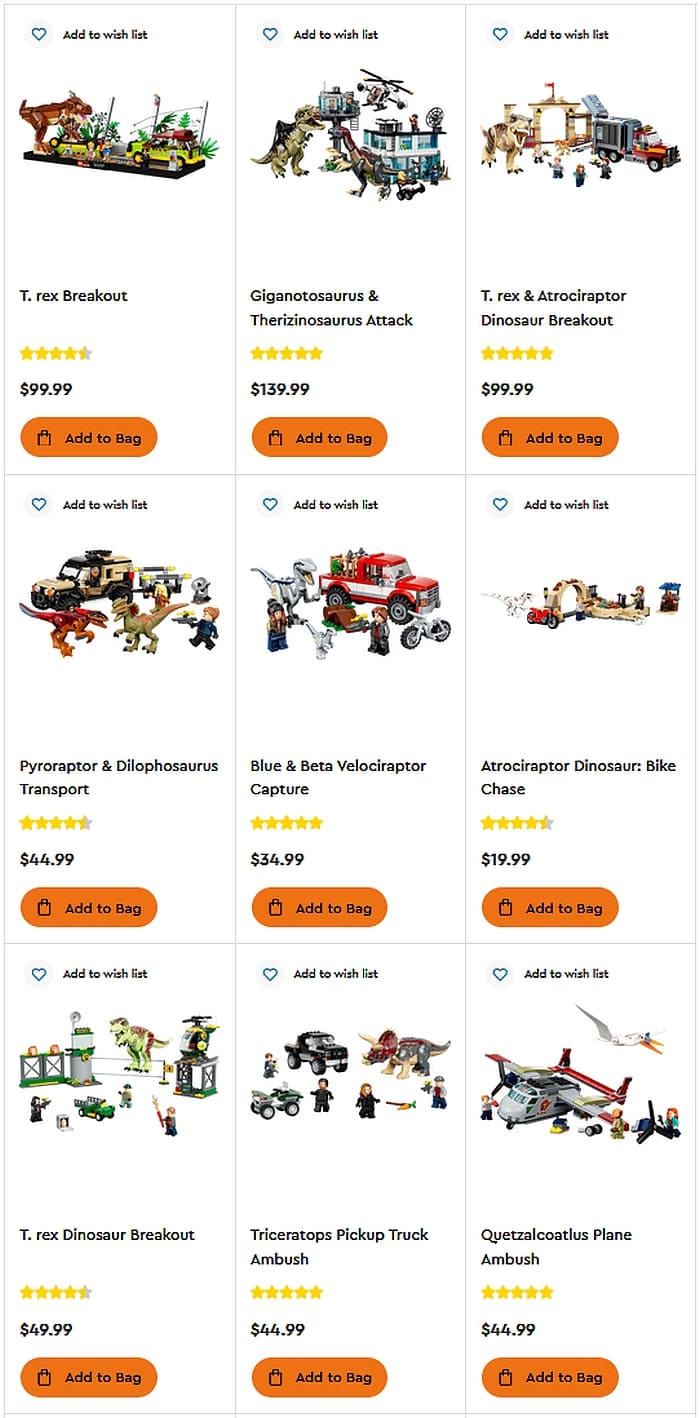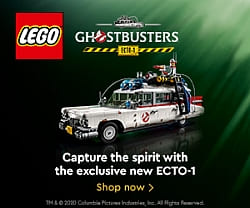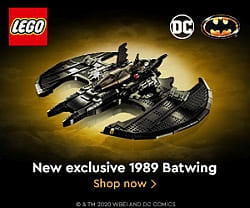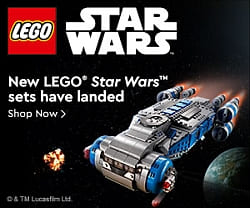Indiana Jones returns to the LEGO portfolio with three new sets encompassing memorable moments from the franchise. Children and adults will have a chance to jump into the world of thrill and excitement by recreating the most iconic scenes from Indiana Jones and the Raiders of the Lost Ark and Indiana Jones and the Last Crusade.

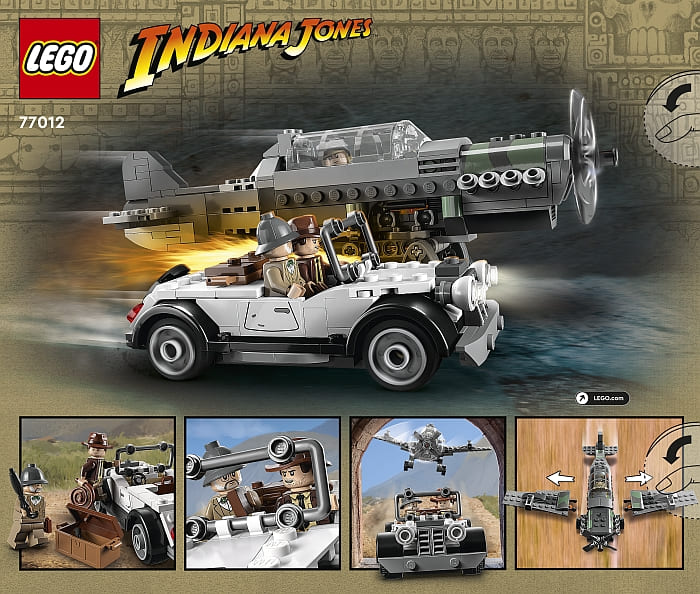
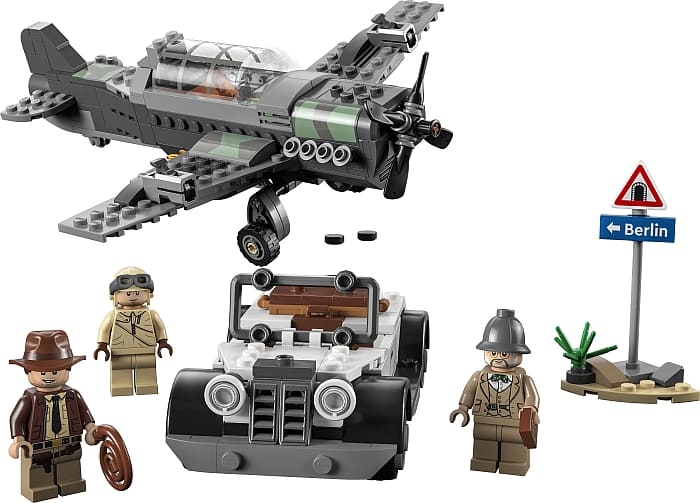
The #77012 LEGO Indiana Jones Fighter Plane Chase building set encourages children to recreate an exciting scene from Indiana Jones and the Last Crusade movie. Grab Indiana Jones and his father Professor Henry Jones Sr., and hop into the vintage convertible car to outrun the fighter plane and escape the chase. This set comes with 3 minifigures: Indiana Jones, his father Professor Henry Jones Sr., and a fighter pilot for adventures that await in this 387-piece playset. Price: $34.99/ €34.99/ 49.99AUD/ 349 CNY/ 29.99 GBP/ 44.99 CAD
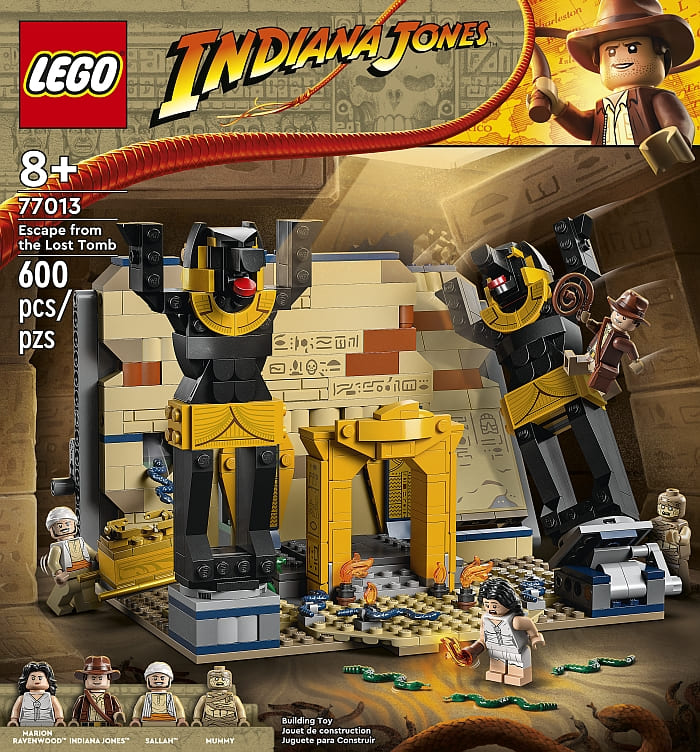
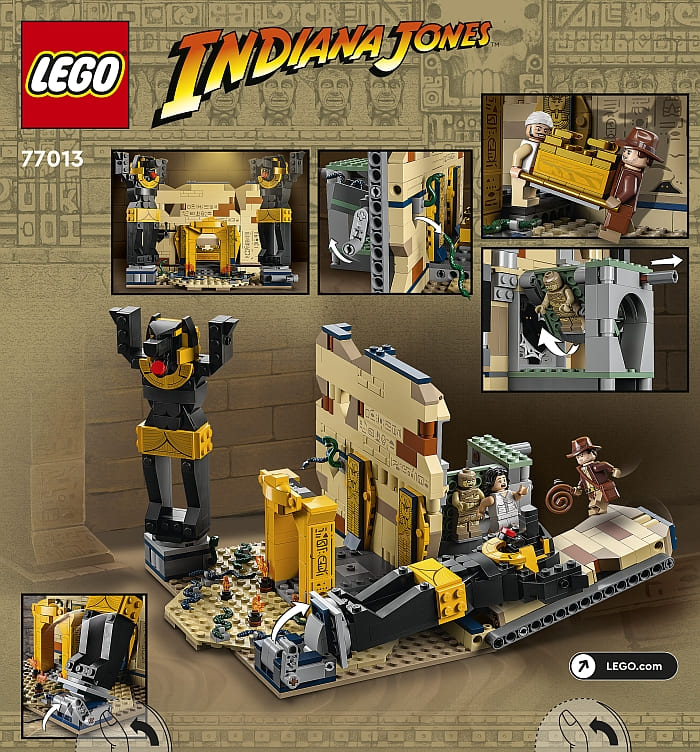
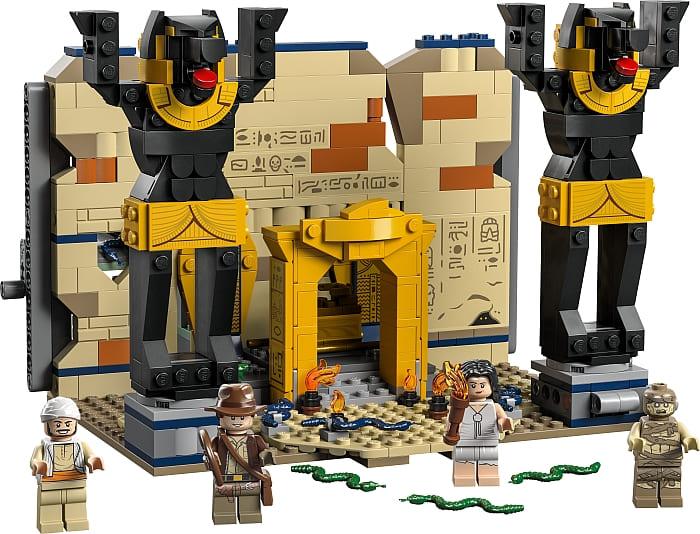
The #77013 LEGO Indiana Jones Escape from the Lost Tomb building set provides hours of thrilling adventure with this detailed playset inspired by the Indiana Jones and the Raiders of the Lost Ark movie. Help Indy search for the Ark of the Covenant in the snake-infested Well of Souls and escape by climbing the massive Anubis statue and finding the hidden passage. With 600 LEGO pieces, this interactive playset will provide endless hours of fun for children and parents together. Price: $39.99/ €39.99/ 59.99 AUD/ 399 CNY/ 34.99 GBP/ 49.99 CAD
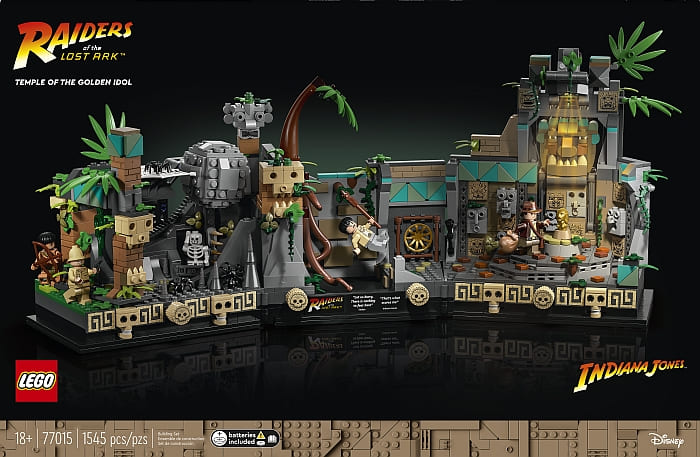
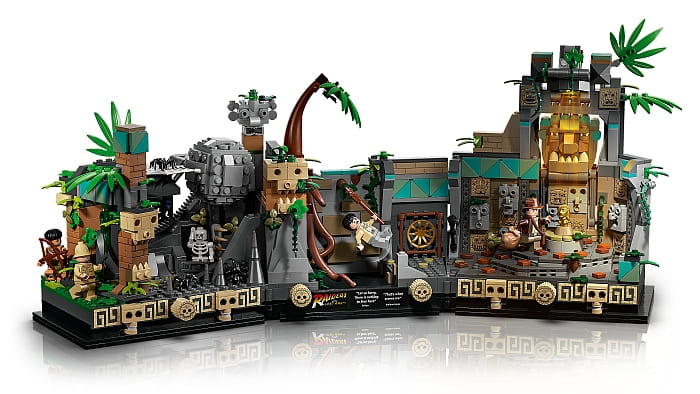
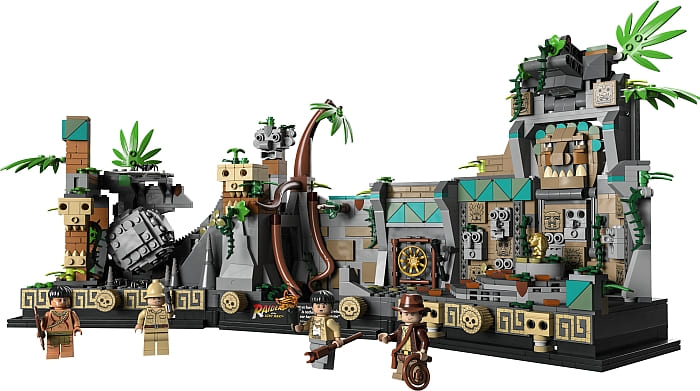
The #77015 LEGO Indiana Jones Temple of the Golden Idol building set celebrates the legacy of Indiana Jones with this rewarding build where adults can recreate the iconic opening scene from the Indiana Jones and the Raiders of the Lost Ark movie. This impressive 1,545-piece set pays homage to iconic characters and scenes that will look great displayed on a shelf once complete. Price: $149.99/ €149.99/ 239.99 AUD/ 1499 CNY/ 129.99 GBP/ 199.99 CAD
Fans can enjoy endless hours of brick-building fun starting April 1st, 2023 at major retailers, official LEGO stores, and the Online LEGO Shop. What do you think? Are you excited about the new LEGO Indiana Jones sets? Feel free to share your thoughts and discuss in the comment section below!
And you might also like to check out the following related post:


